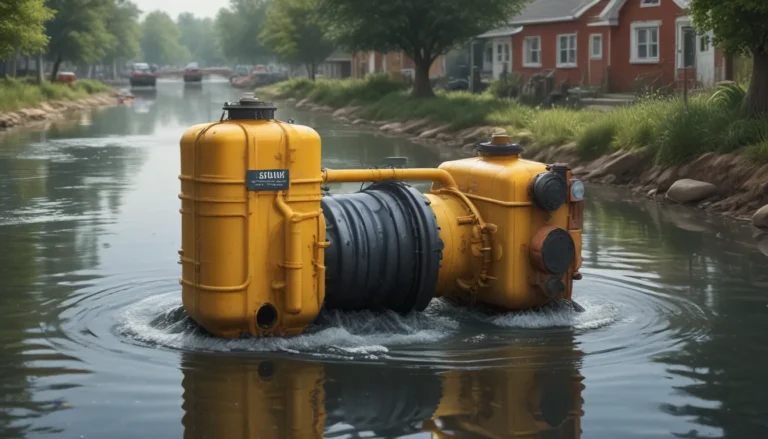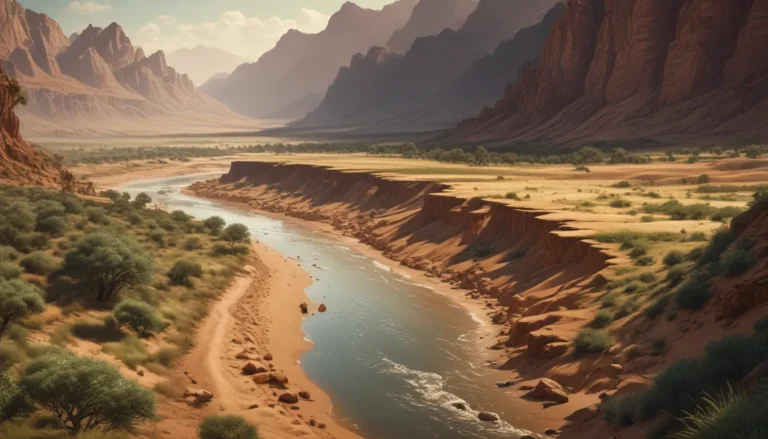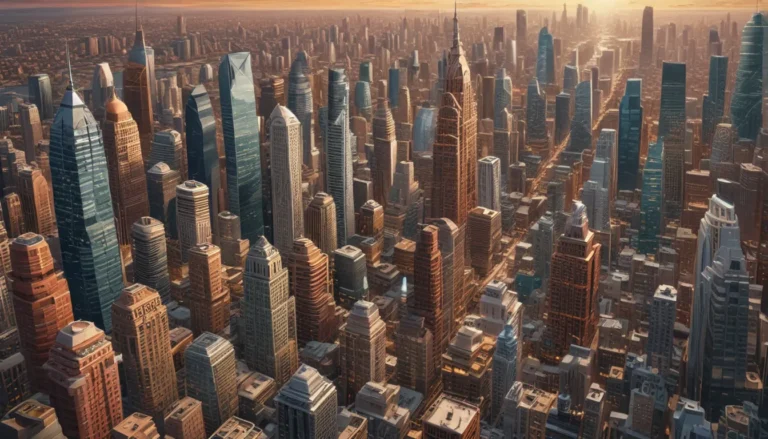A Note About Images: The images used in our articles are for illustration purposes only and may not exactly match the content. They are meant to engage readers, but the text should be relied upon for accurate information.
Microclimates, those small-scale variations in weather conditions within a larger area, have long fascinated scientists and nature enthusiasts alike. From lush pockets of vegetation nestled amidst arid landscapes to sudden temperature shifts in urban centers, microclimates offer a glimpse into the intricacies of our planet’s diverse ecosystems. In this article, we will delve into the fascinating world of microclimates and explore 10 captivating facts about them. Join us as we uncover the secrets of these mesmerizing climatic phenomena and gain a deeper understanding of their impact on our day-to-day lives.
Key Takeaways:
- Microclimates are unique atmospheric conditions that can vary greatly within short distances, influencing everything from plant and animal life to wine production and tourism.
- Vegetation, urbanization, and climate change all play significant roles in shaping microclimates, impacting agriculture, architecture, and the overall environment.
The Definition of Microclimate
Microclimate refers to the unique atmospheric conditions that exist within a small, localized area. It is influenced by various factors such as topography, vegetation, and human activities.
Microclimates Can Vary Significantly
It is fascinating to note that microclimates can vary significantly within relatively short distances. For example, a city may experience higher temperatures and pollution levels compared to its surrounding rural areas.
The Role of Vegetation
Vegetation plays a crucial role in shaping microclimates. Trees provide shade, reduce temperatures, and control moisture levels in their immediate surroundings, creating a cooler and more comfortable microclimate.
Urban Heat Island Effect
Urban areas often exhibit their own microclimates known as Urban Heat Islands. These regions experience higher temperatures due to the prevalence of concrete and asphalt, which absorb and reradiate heat.
Microclimates Influence Plant and Animal Life
Microclimates have a significant impact on the plant and animal species that can thrive in a particular area. Certain plants may only be able to grow in specific microclimates, while animals may adapt to the unique conditions of their microclimate.
Microclimates in Wine Production
In the world of winemaking, microclimates play a crucial role in determining the quality and characteristics of the grapes. Different microclimates can result in variations in flavor, acidity, and ripening times.
Microclimates and Architecture
Architects and urban planners consider microclimate when designing buildings and cities. By strategically positioning structures and incorporating green spaces, they can create more comfortable and sustainable environments.
Microclimates and Tourism
Microclimates play a significant role in attracting tourists to certain destinations. People often seek out areas with specific weather conditions, such as warm and sunny beaches or cool and breezy mountain resorts.
Microclimates and Agriculture
Agriculture heavily relies on microclimates. Farmers take advantage of different microclimates to grow a wide range of crops, leveraging variations in temperature, sunlight, and soil moisture to enhance agricultural production.
Climate Change and Microclimates
Climate change can have a profound impact on microclimates. Rising temperatures and altered precipitation patterns can lead to shifts in microclimate boundaries and potentially disrupt ecosystems.
FAQs
- What exactly is a microclimate?
A microclimate refers to the localized climate conditions that differ from the surrounding area due to various factors such as topography, vegetation, and human activities.
- Are microclimates only found in specific regions?
No, microclimates can be found in different regions across the globe. They can occur in urban areas, forests, valleys, coastal regions, and even indoor spaces.
- How do microclimates impact agriculture?
Microclimates play a vital role in agriculture as they can affect crop growth, pest presence, and overall productivity. Farmers often utilize microclimate knowledge to make informed decisions about crop selection and cultivation techniques.
- Can human activities influence microclimates?
Absolutely! Activities such as deforestation, urbanization, and the development of heat-absorbing surfaces like concrete can significantly alter local microclimates.
- Is it possible to create or modify a microclimate?
Yes, humans can intentionally create or modify microclimates through techniques like greenhouse cultivation or the installation of shading devices. These practices can help control temperature, humidity, and other factors for specific purposes.
Exploring the intricacies of microclimates enhances our knowledge of Earth’s geography and highlights the interconnectedness of nature and human activities on our environment. As you learn about microclimates, remember that each fact shared is contributed by real users, ensuring accuracy and reliability. Trust in our commitment to quality and authenticity as you explore and learn with us.






